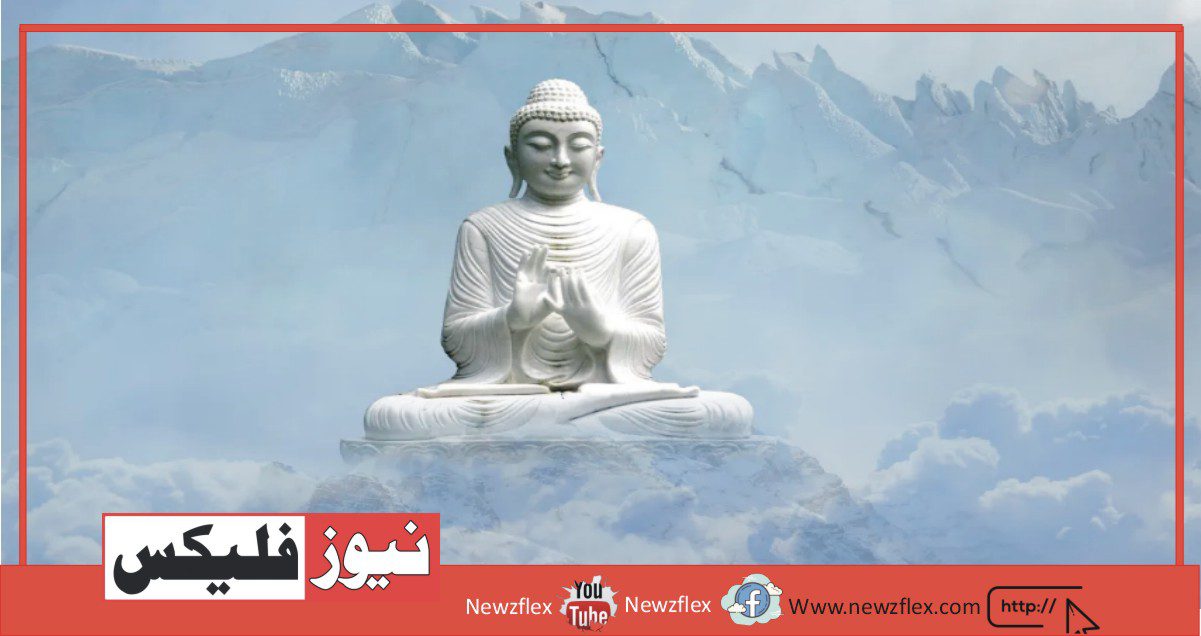Gotma Buddha
Gotma Buddha More than two thousand five hundred years ago, there lived in India, in the shadow of the Himalayas, with a tribe called the Sakyas. The tribe chief was Raja Shuddhodhana and his queen’s name was Mahamaya. Their capital was the gorgeous city of Kapilavastu. One night-Mahamaya had a weird dream. Learned Brahmins interpreted […]





